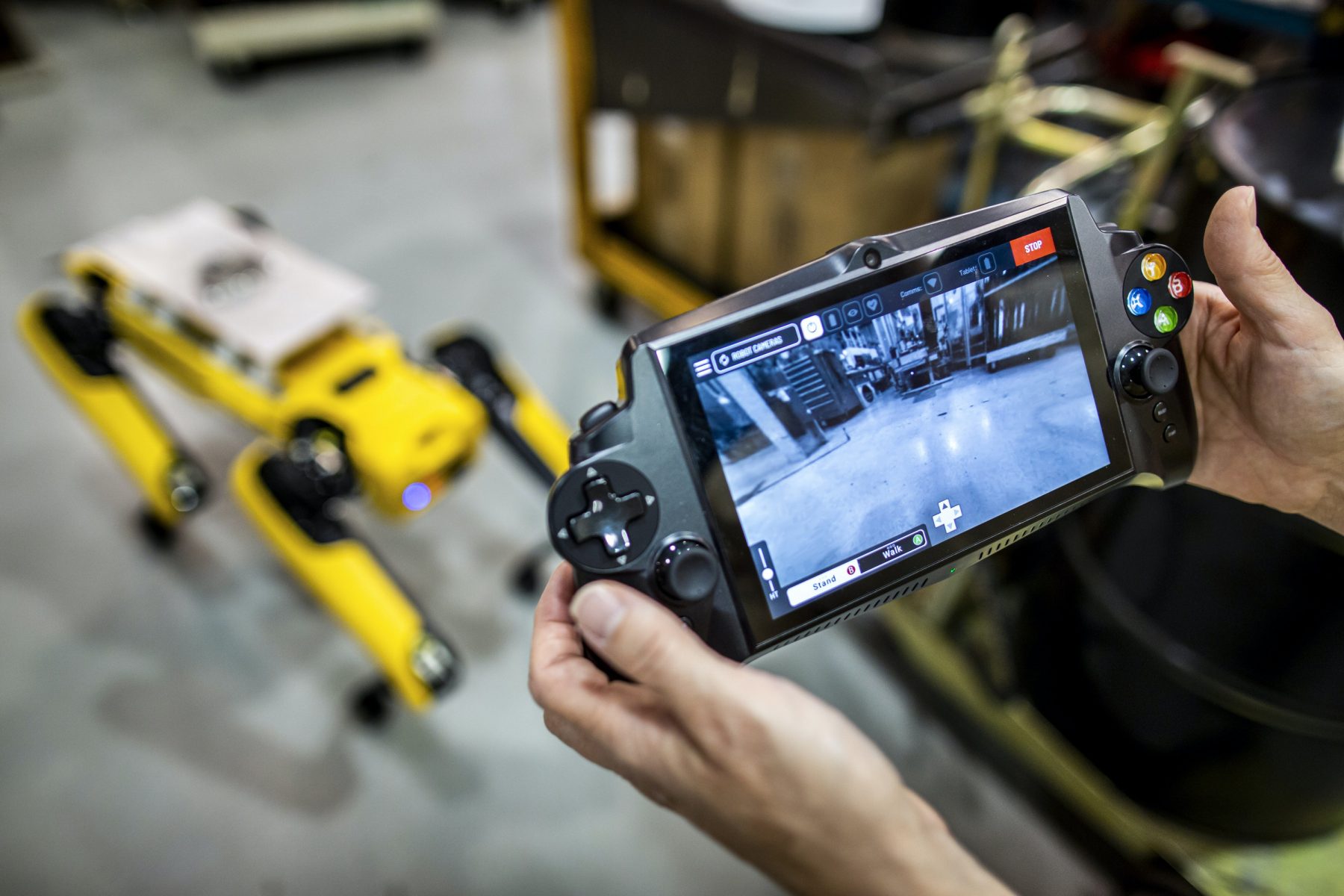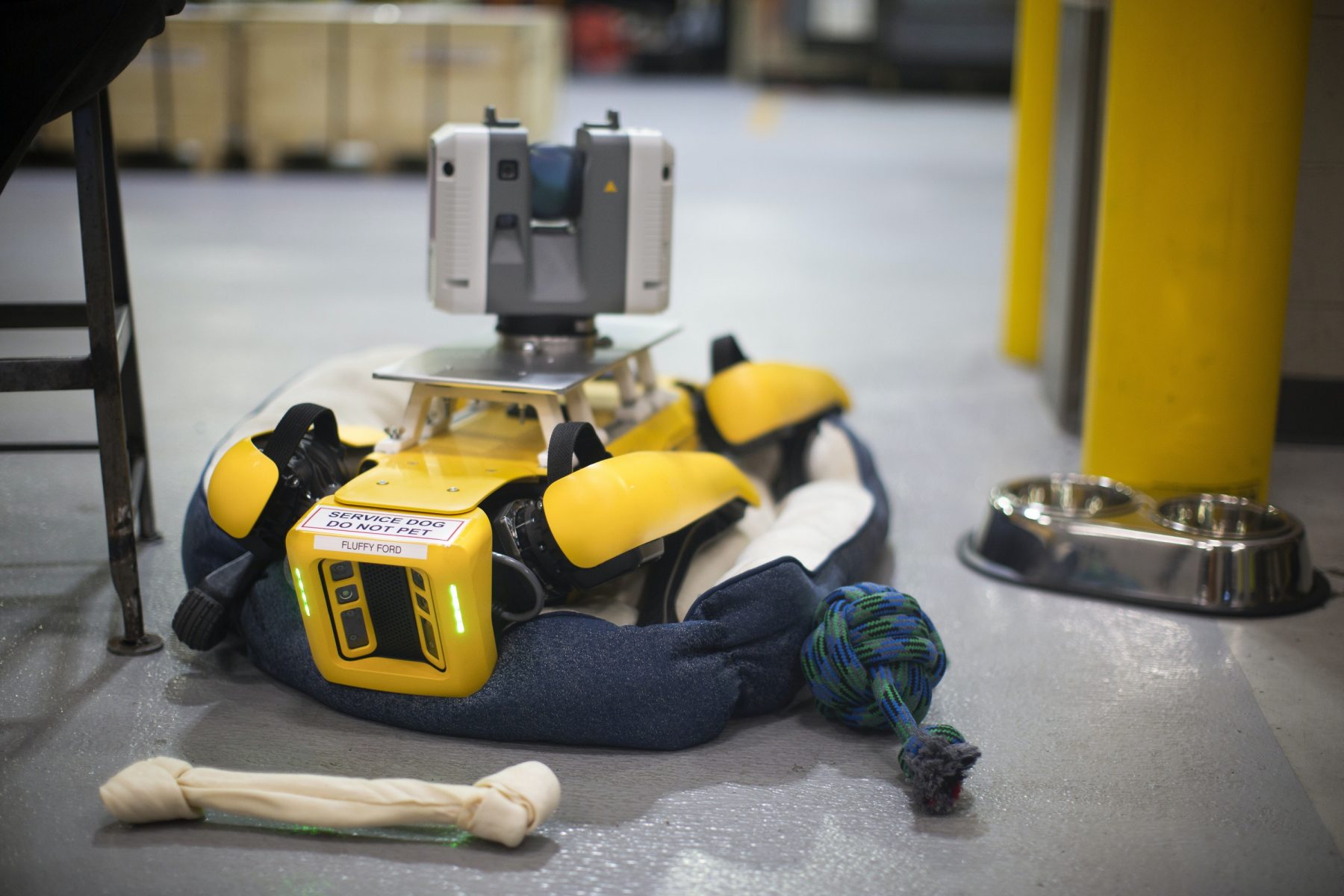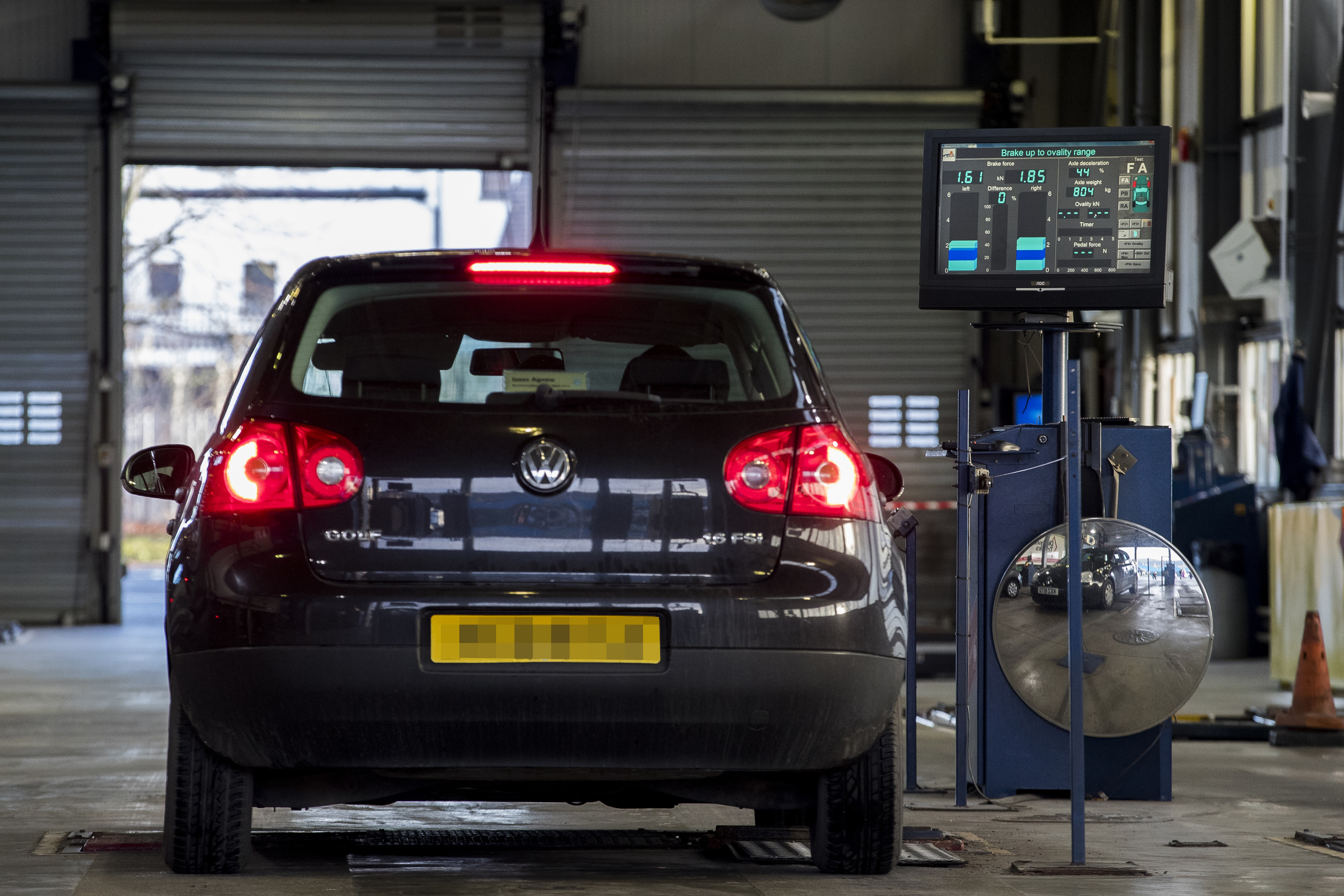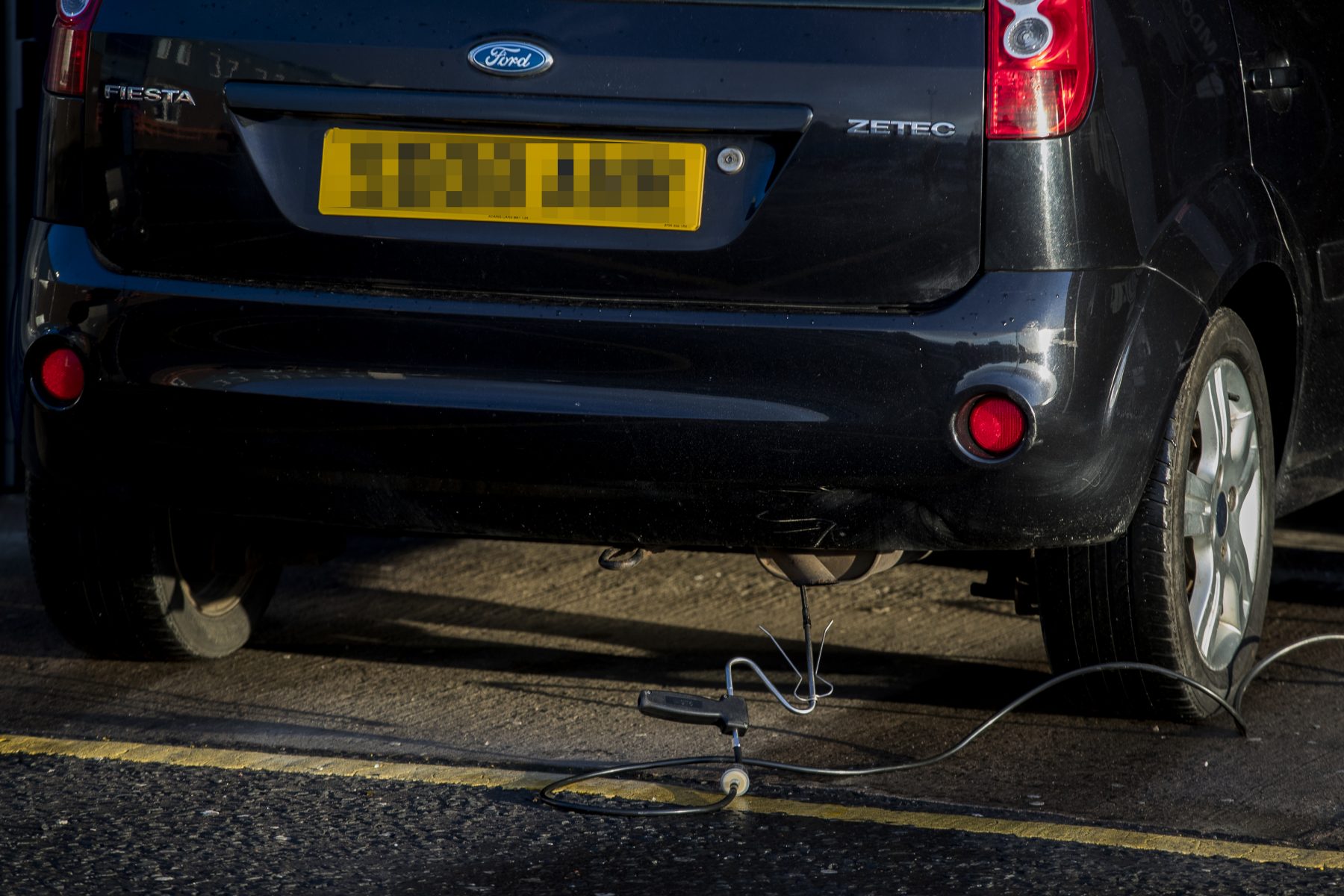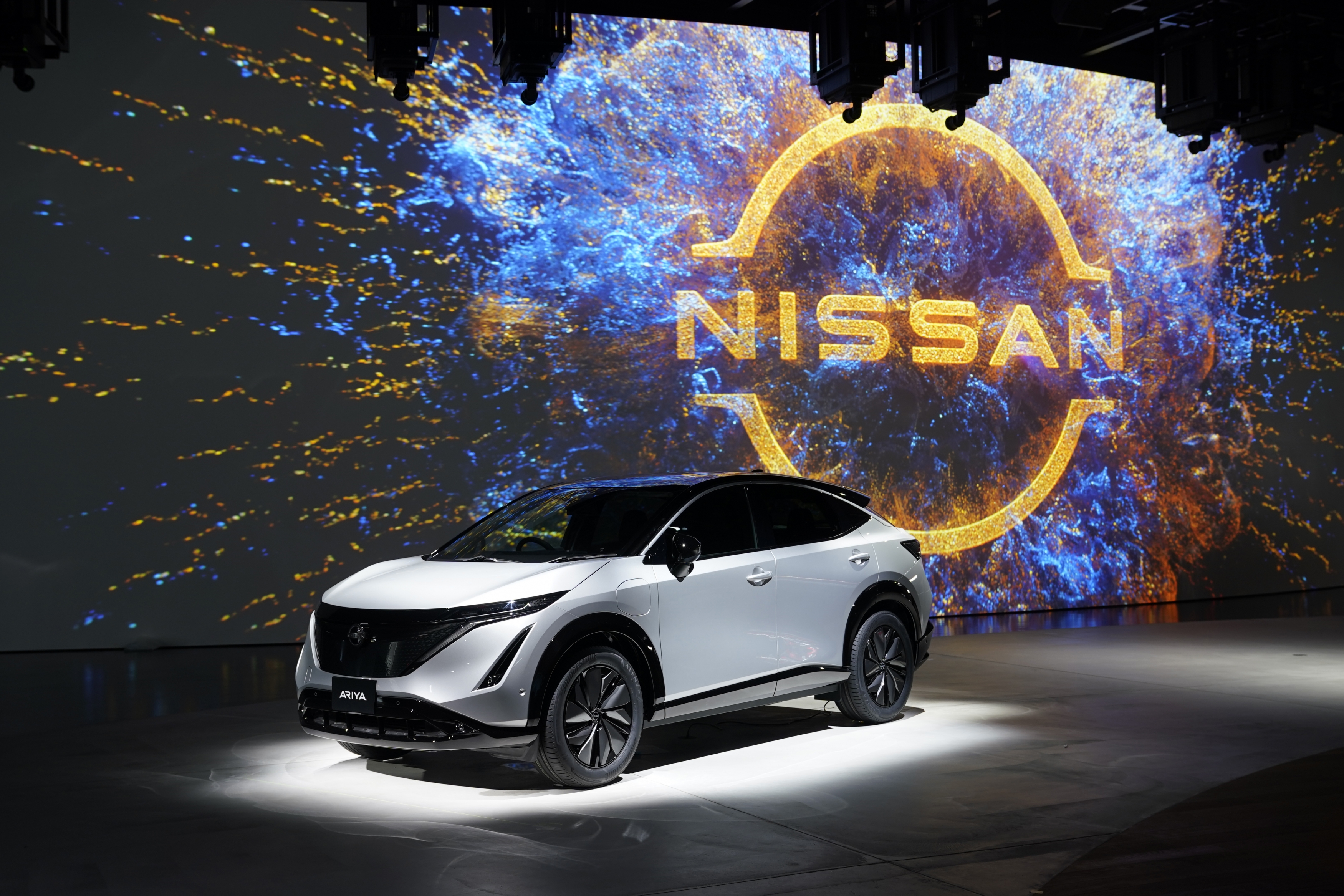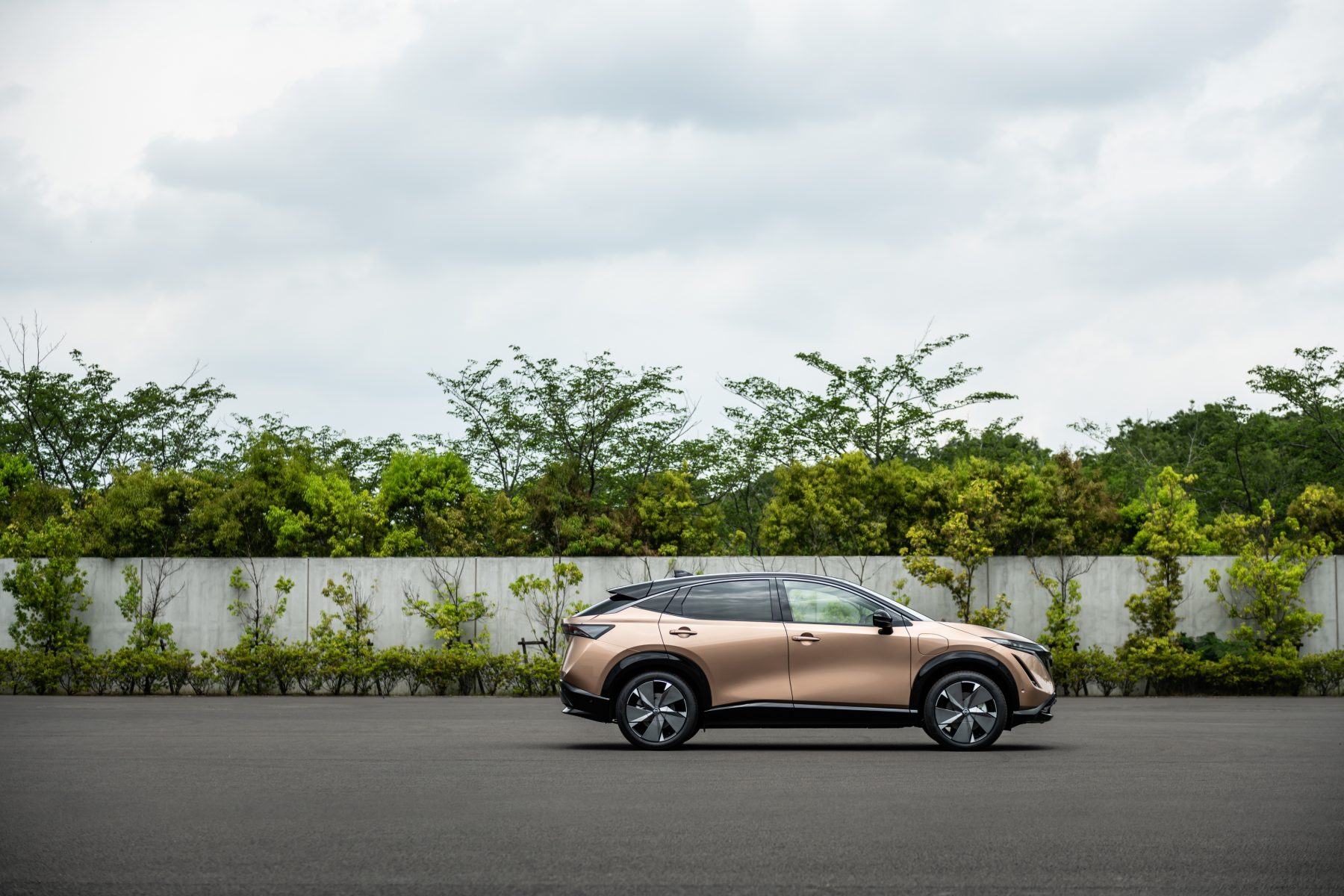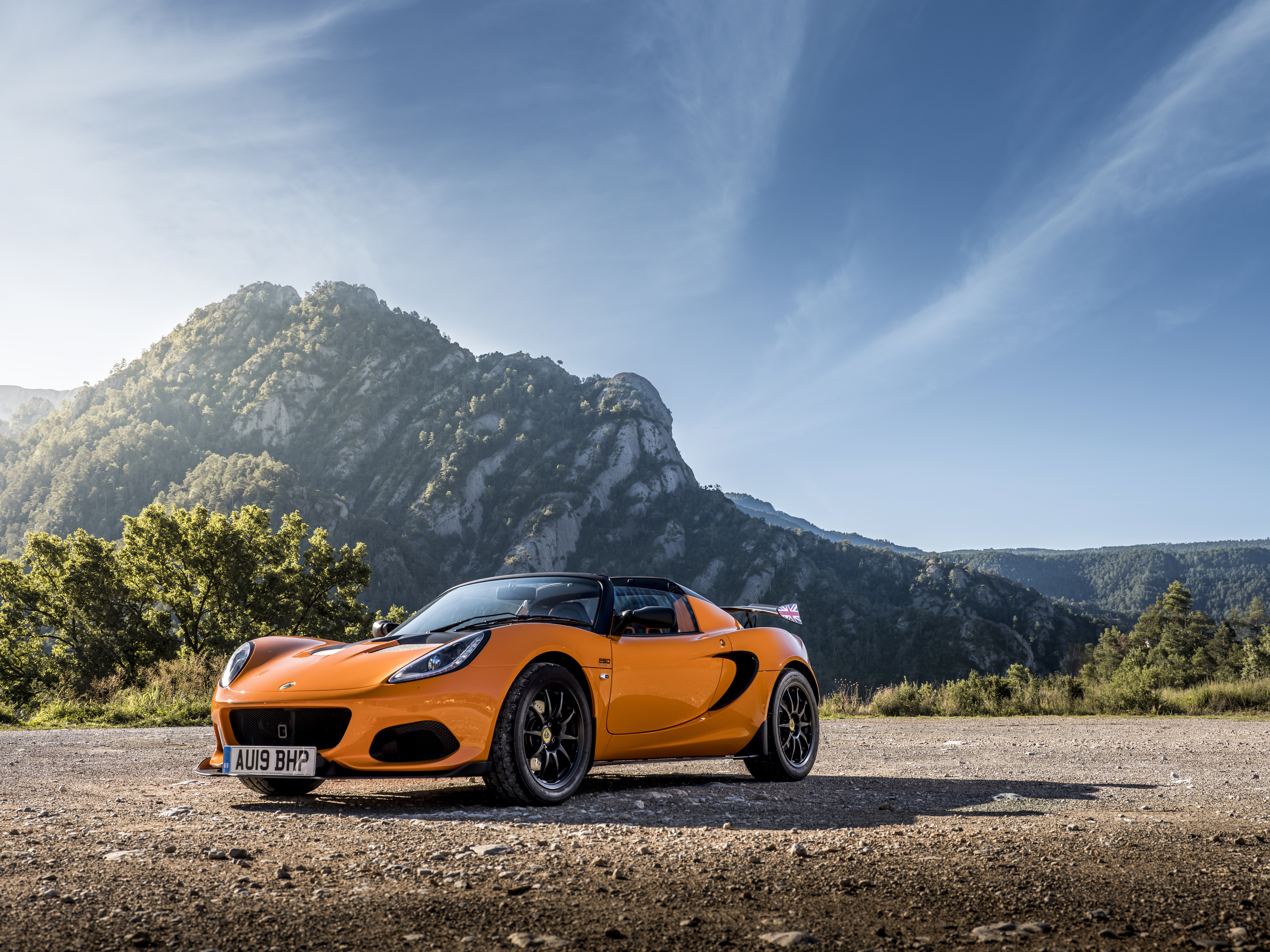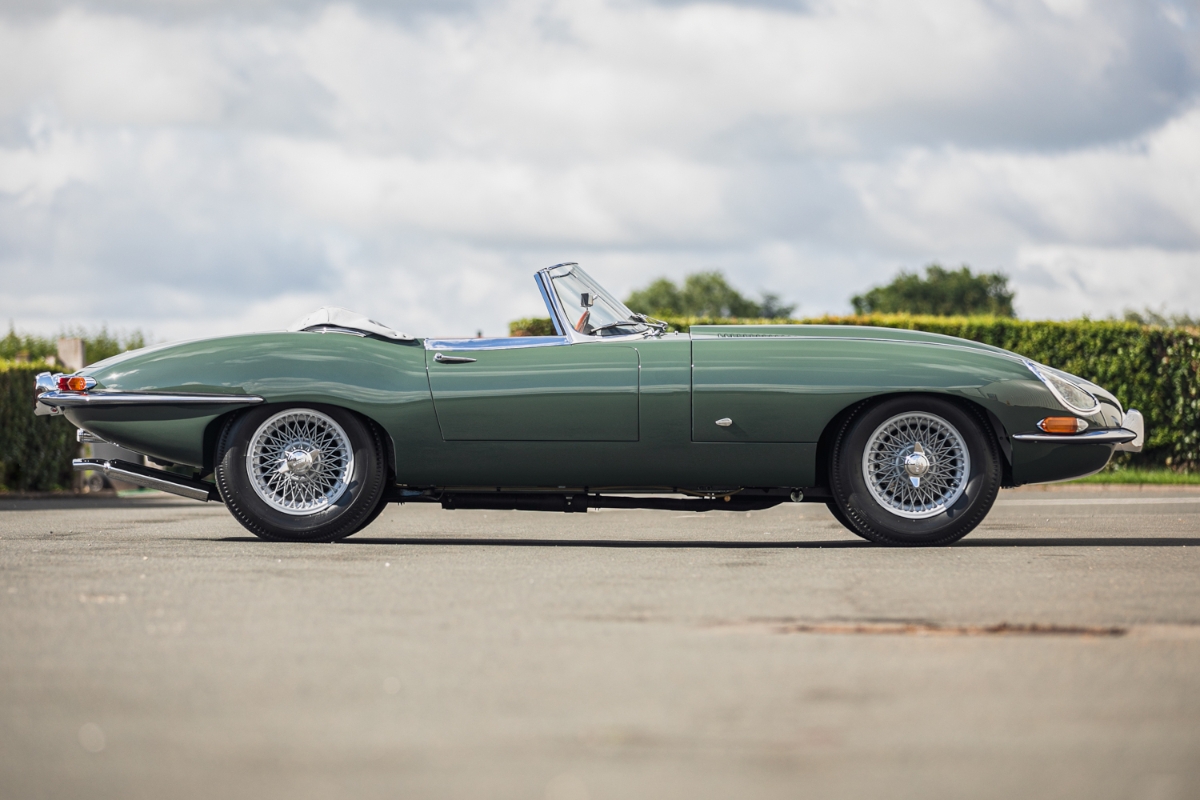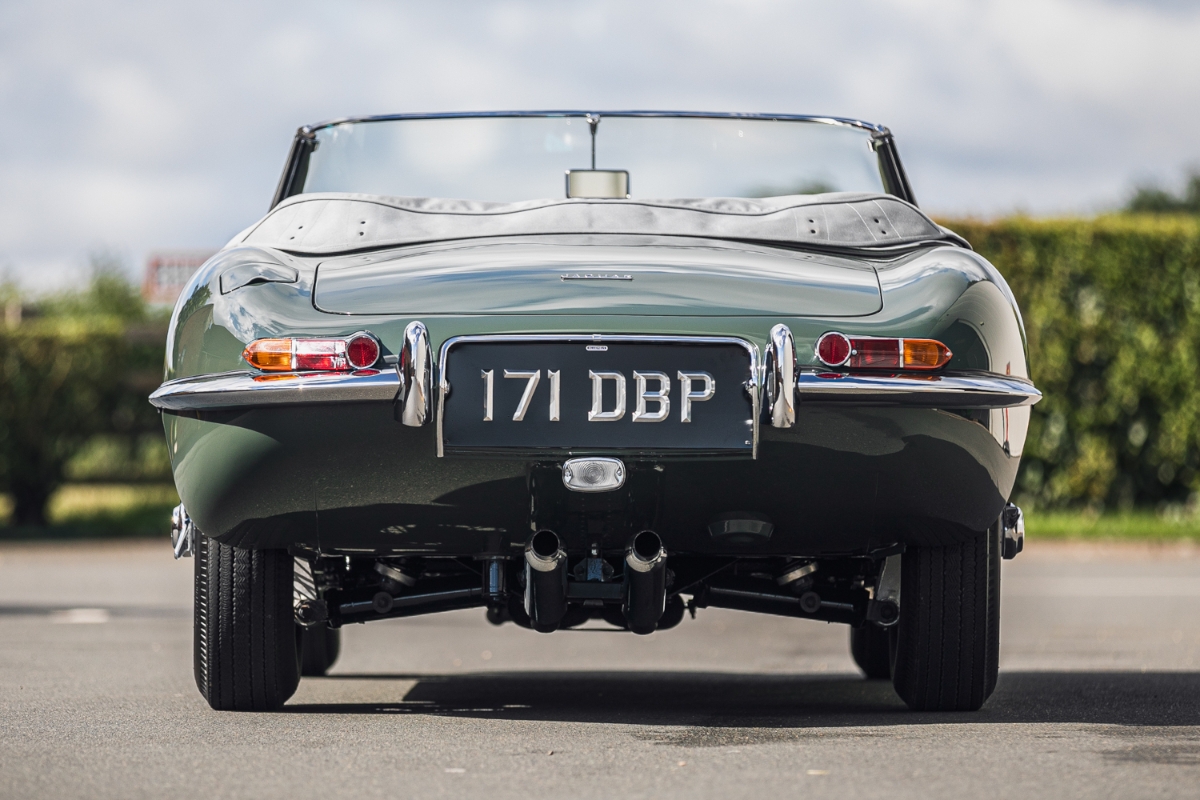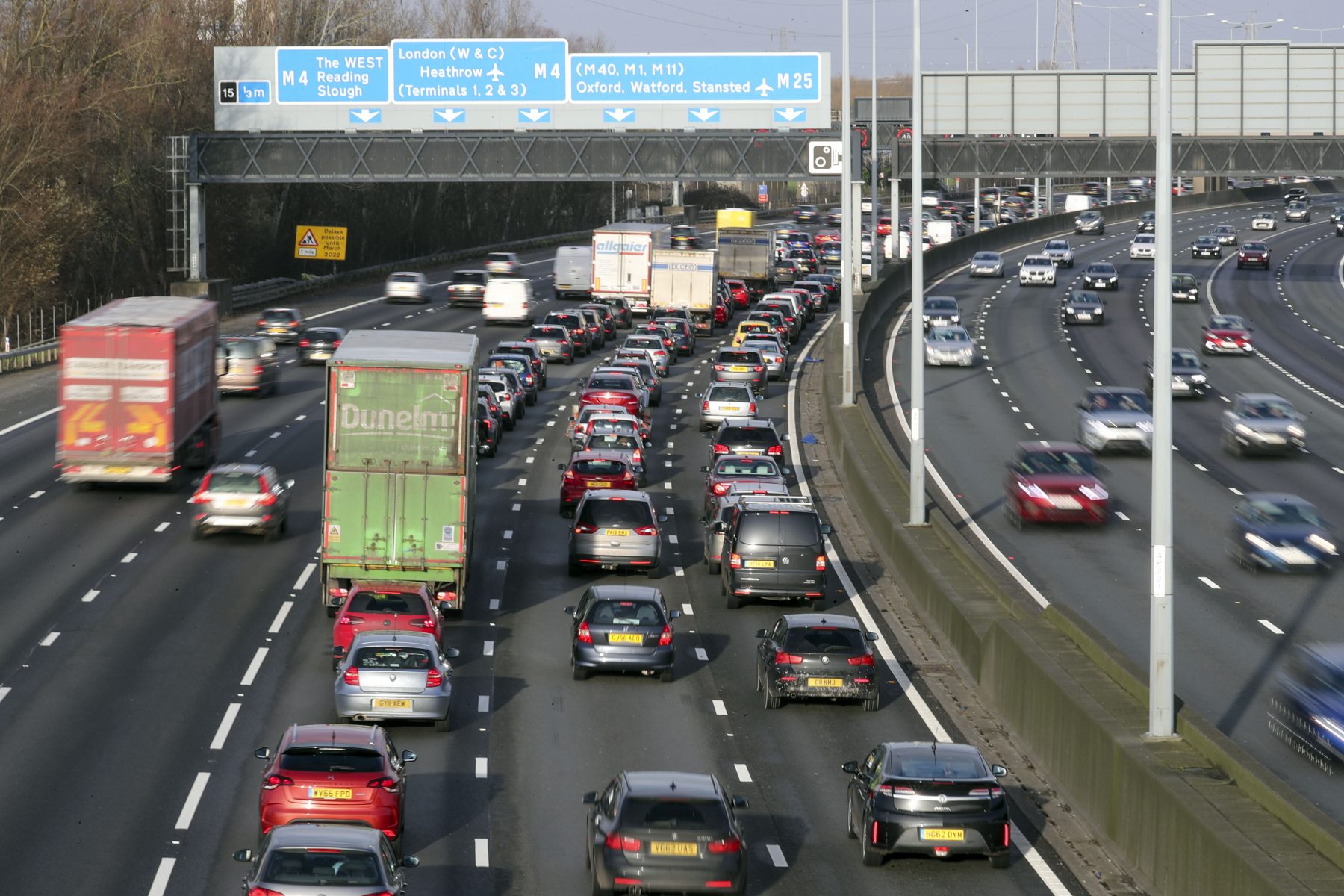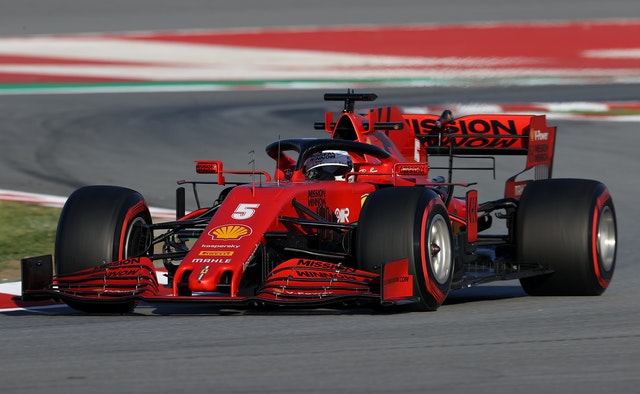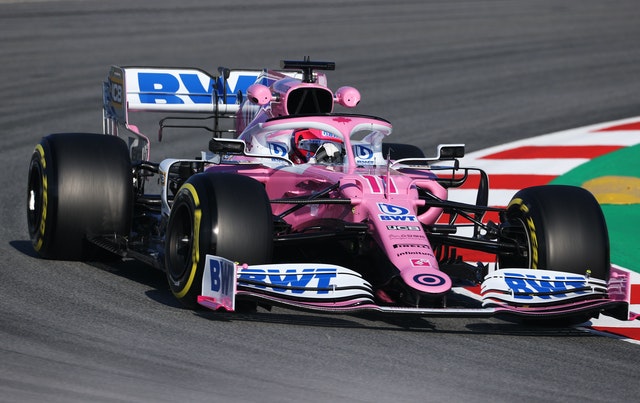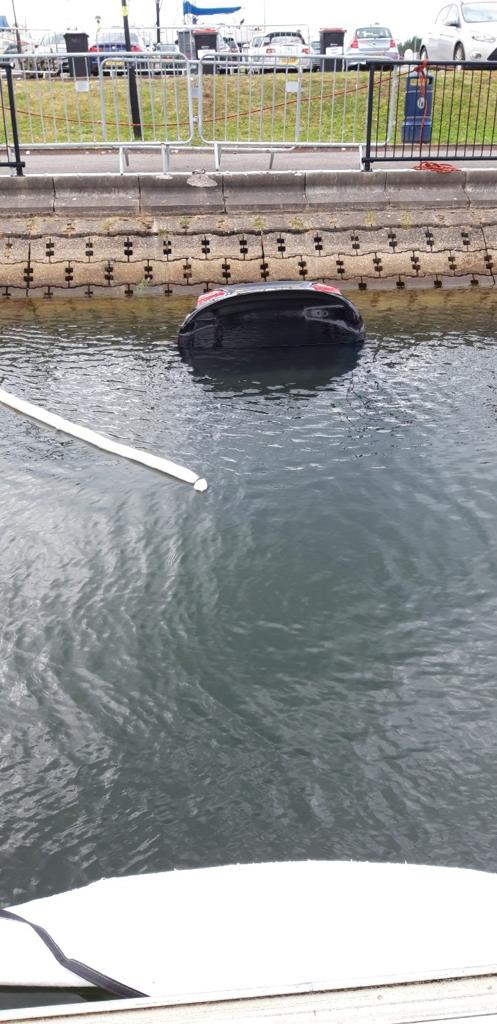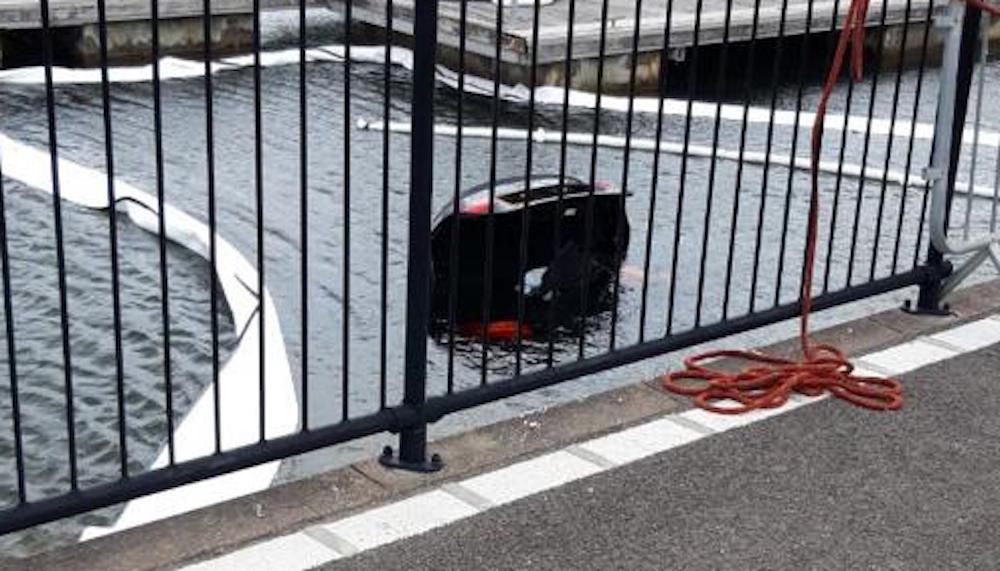What is it?
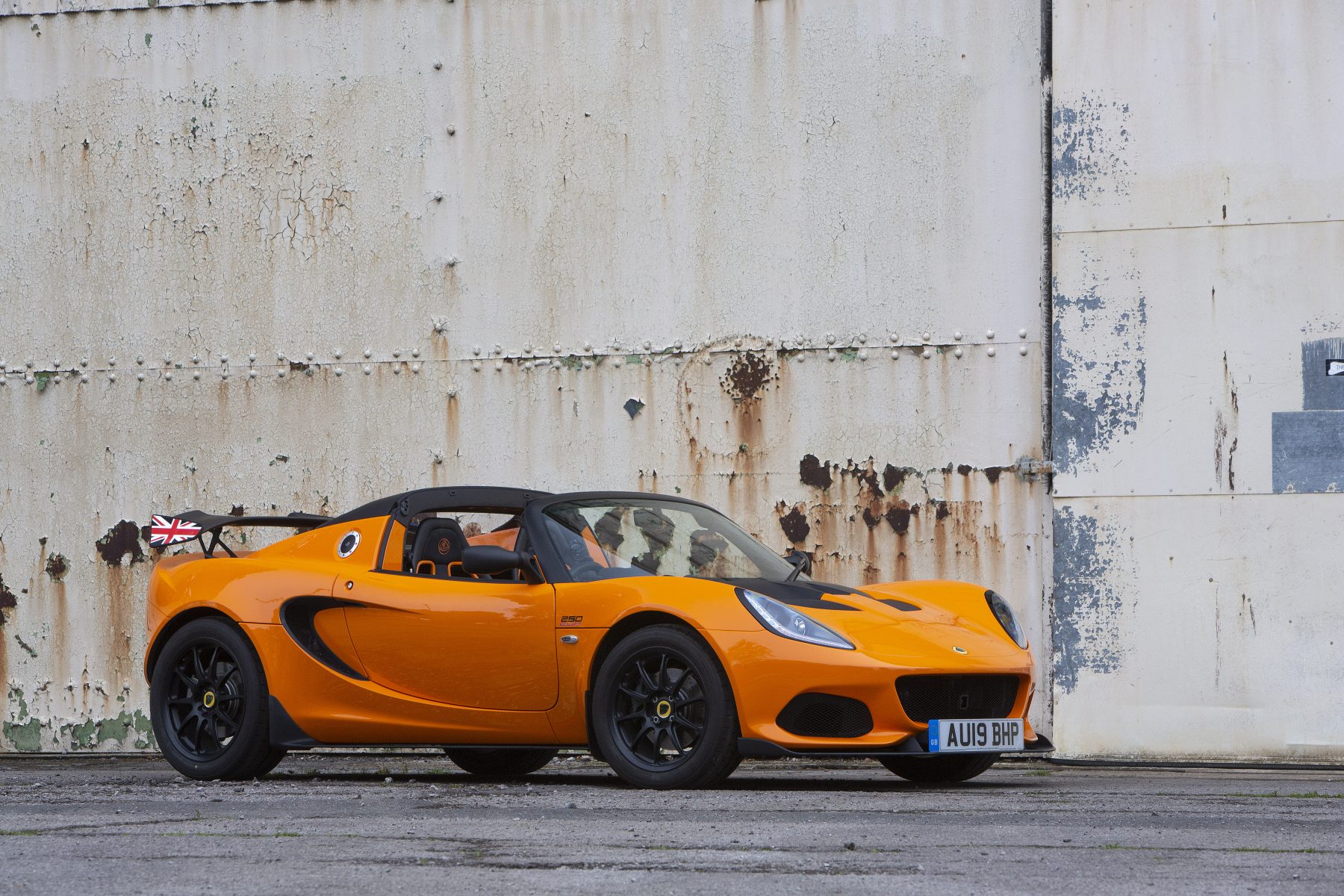
If you’re after a purist driving experience, the Lotus Elise is one of the go-to names. The model has been around since 1996 and has become world-renowned as a lightweight sports car that’s utterly fantastic to drive.
In the two and a half decades since its inception, the principles have remained the same and the car doesn’t look much different either. It’s still very small and very lightweight, preferring to be agile in the corners than fast in a straight line. As mainstream cars get bigger and bigger this Lotus arguably gets even more appealing, but is it still as relevant in 2020 as it used to be?
What’s new?
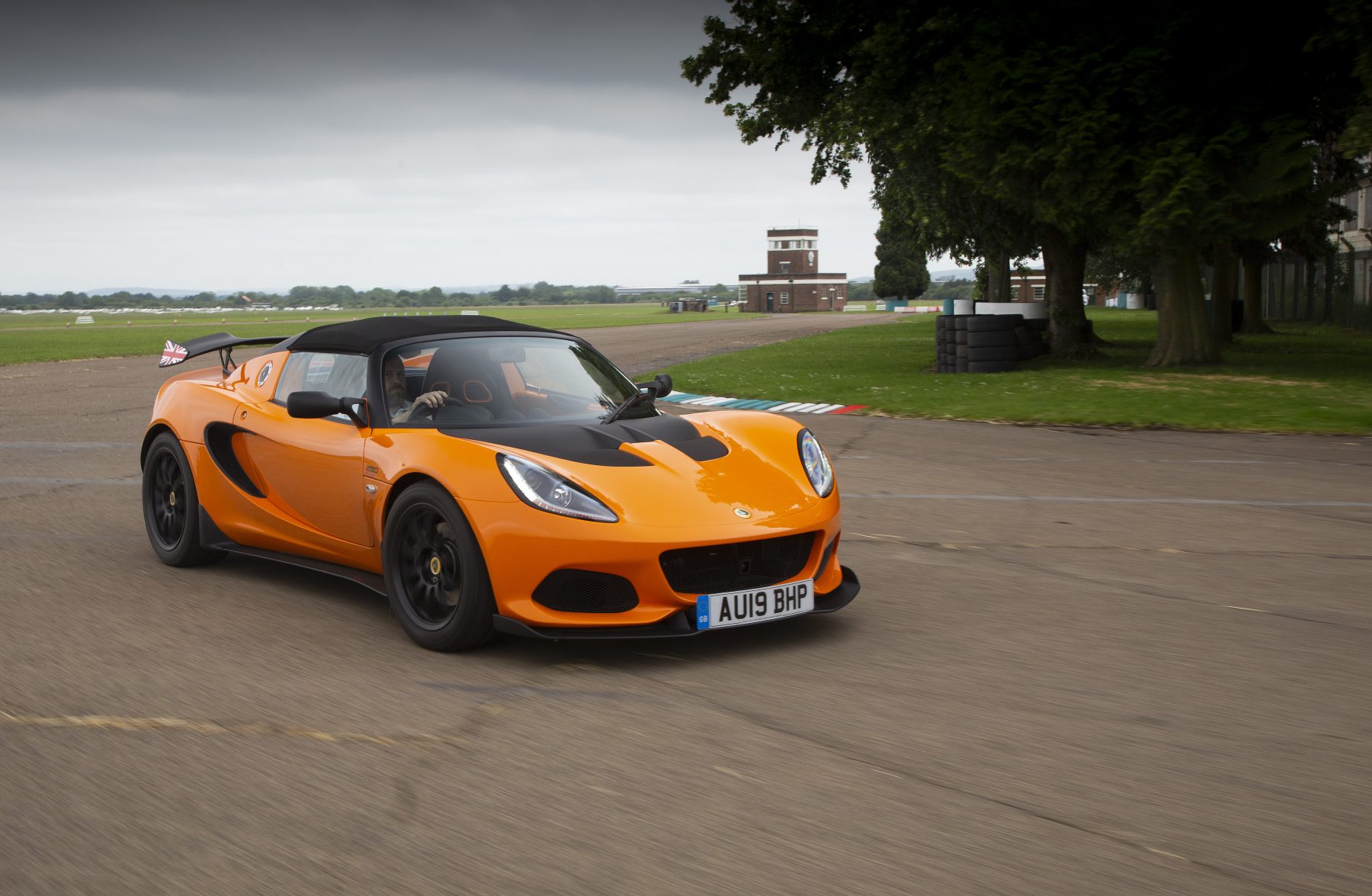
This is not just any Elise, this is the Cup 250, which Lotus says is designed more for track use than as a sporty road car. In fact, the Norfolk-based firm boasts that the car could be raced competitively ‘by adding little more than a roll cage’.
With weight the brand’s key focus, the Cup 250 is 14kg lighter than its predecessor thanks to the use of carbon-fibre, titanium and aluminium. The manual gear shifter has been optimised, and now has a beautiful open-gate design that lets you see its inner workings. Meanwhile the body design has been tweaked to improve aerodynamics.
What’s under the bonnet?
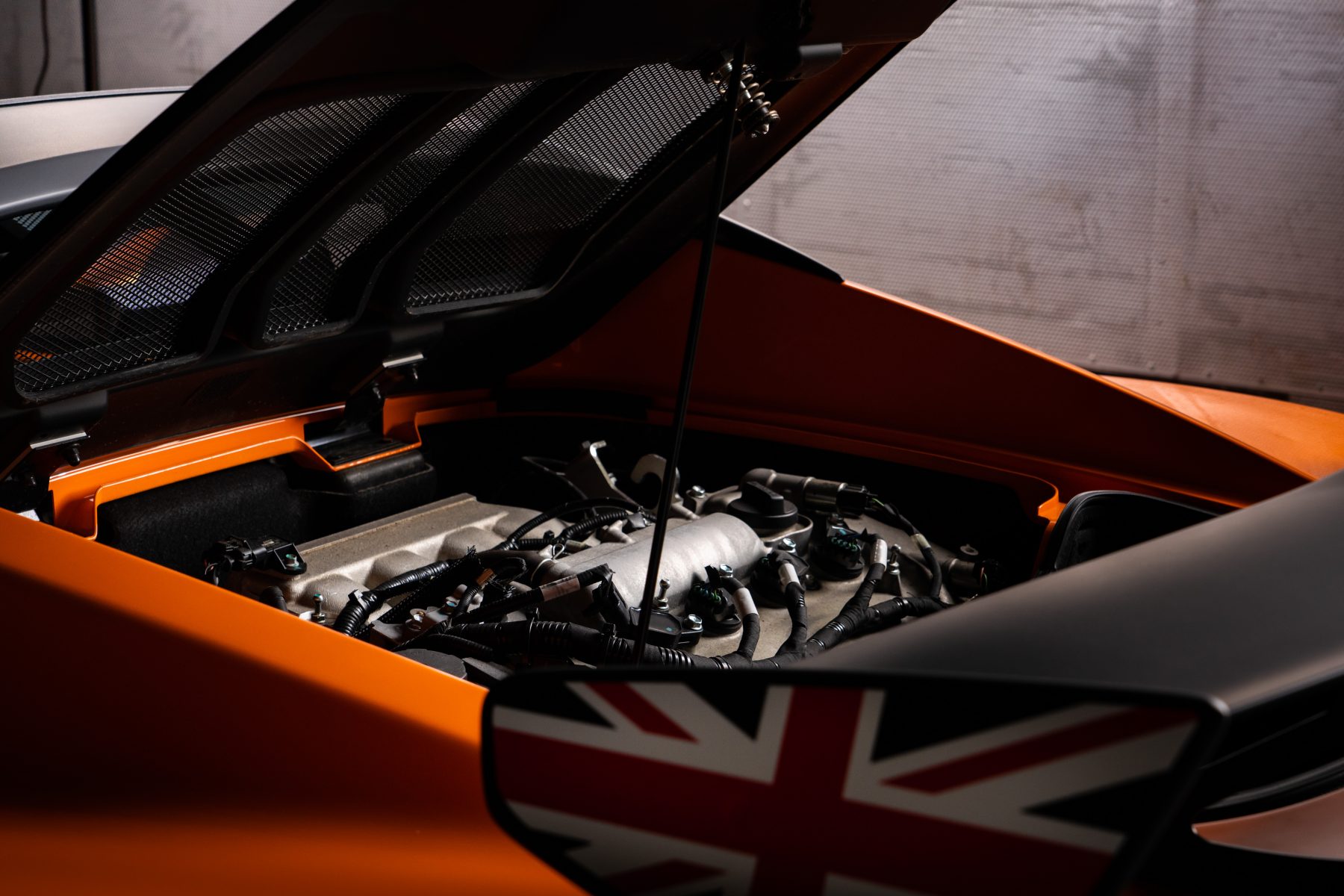
The Elise Cup 250 uses a 1.8-litre supercharged four-cylinder petrol engine with an output of 240bhp. While that might not sound like much when hot hatches make more, the little Lotus weighs just 931kg, giving a power-to-weight figure of about 275bhp-per-tonne.
The result is a 0-60mph time of 3.9 seconds and a top speed of 150mph, but that’s not what this car is about. Behind the wheel, putting your foot down results in a sharp response from the engine, which fizzes away behind your ear and feels every bit as fast as you could want from a sports car.
What’s it like to drive?
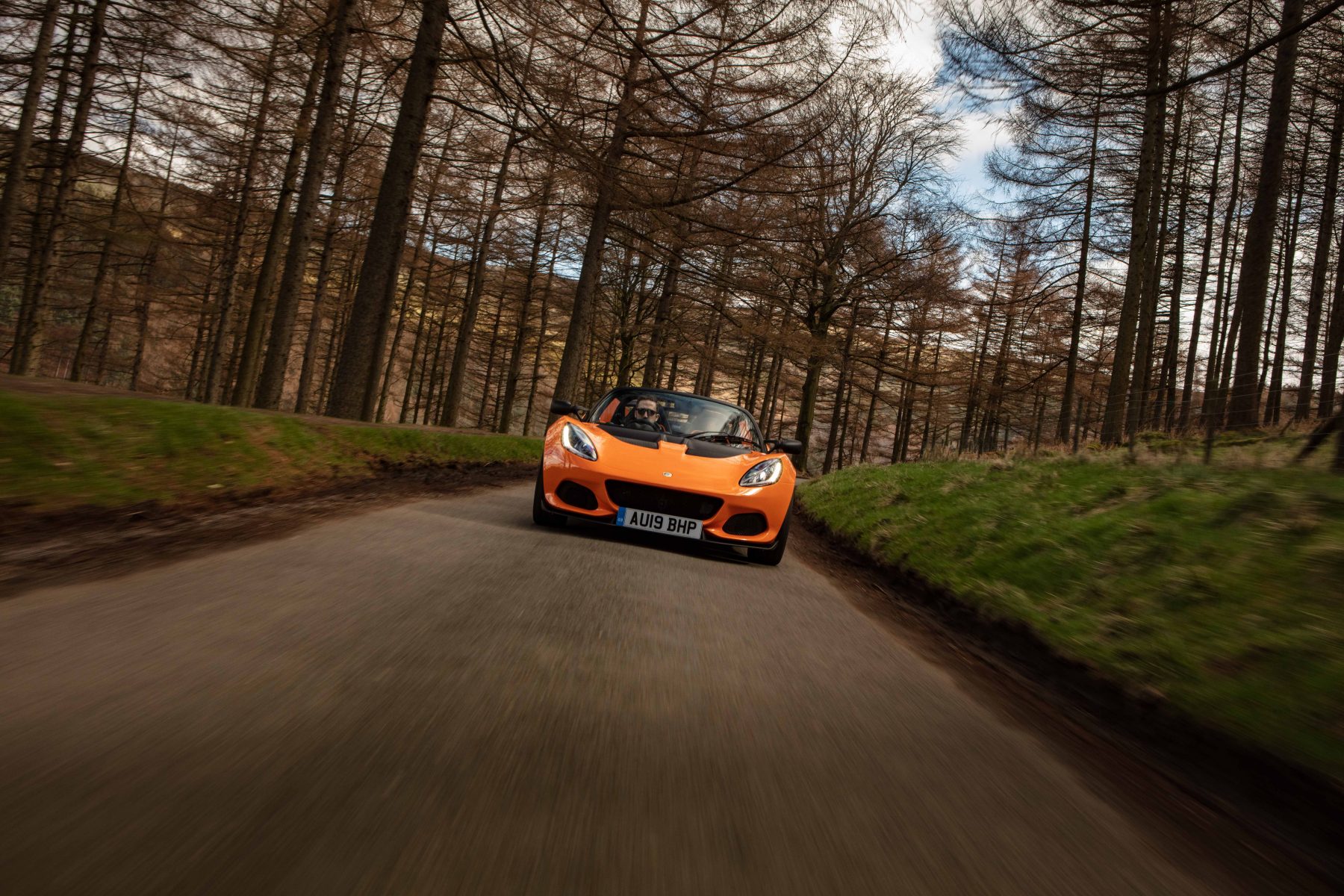
It’s immediately obvious, though, that straight-line performance is not its USP. On a country road, the immediacy of response from every turn of the wheel is a delight, and actually takes some getting used to. It’s so responsive that you’ll find yourself turning in too early, but once you’re dialled in it’s a joy to thread along a country lane. The car feels light and nimble beneath you, and you can see why Lotus fans have eulogised its cars for decades.
It’s also an engineering marvel. Often with small sports car companies you make excuses for parts that don’t feel well put together, but everything is solidly built. Whether it’s the smooth as silk clutch, the snickety gear shift or buttery smooth suspension, there’s nothing sloppy.
How does it look?
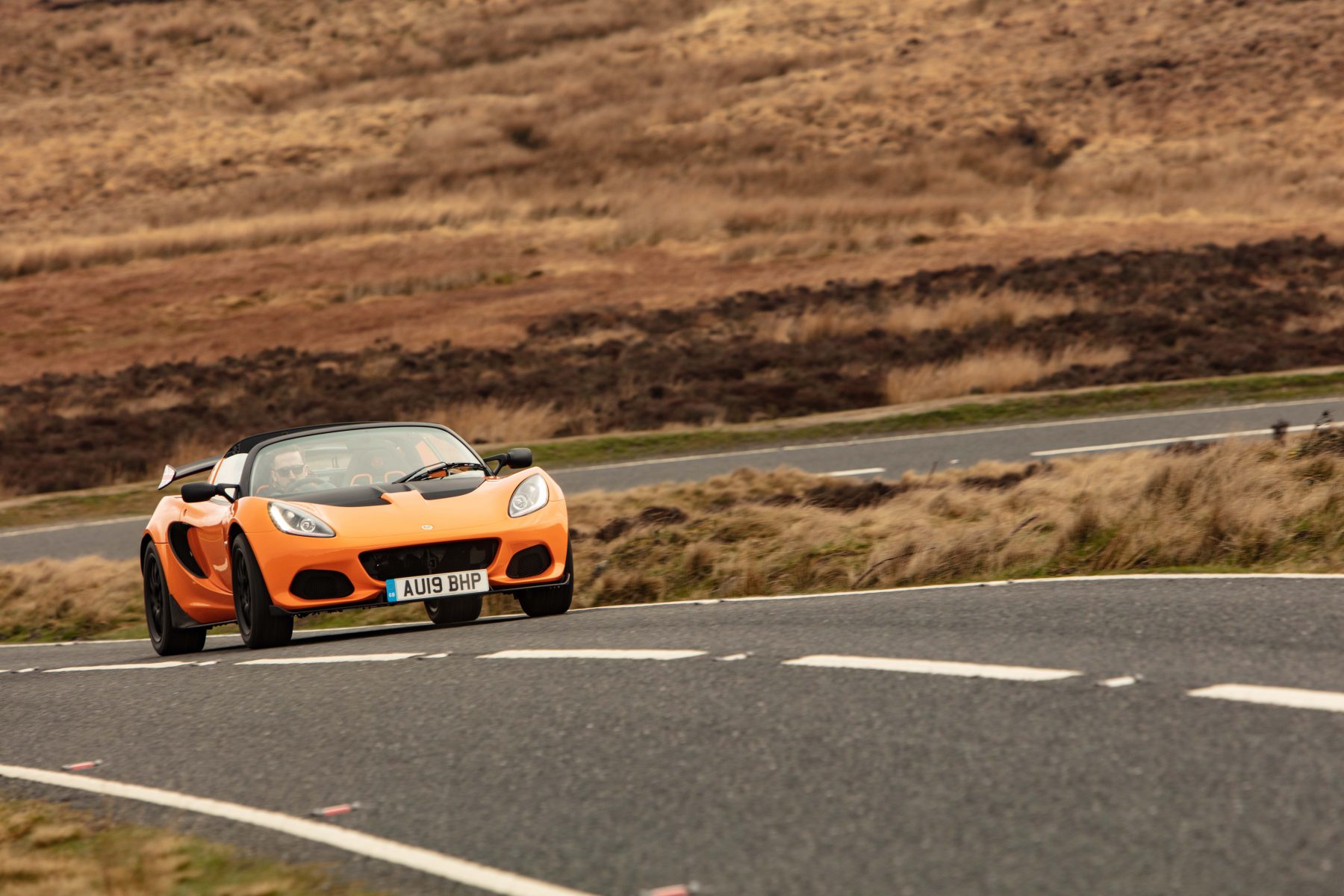
While its predecessors could almost be considered cute-looking, the latest Elise has a somewhat meaner appearance. It’s far from aggressive, but there are fewer curvy lines and more sharp and focused ensign features. Much of this is likely to do with aerodynamics, but particularly with the Cup 250, it helps to indicate that this is more of a track-focused model.
It’s also tiny. It’s not until you’re alongside other traffic that you realise just how small the Elise is. However, despite the small surface area, there are some nice design touches, such as the air intakes ahead of the rear wheels, the Union Flag on the rear wing end plates, and the smart but simple multi-spoke alloy wheels.
What’s it like inside?
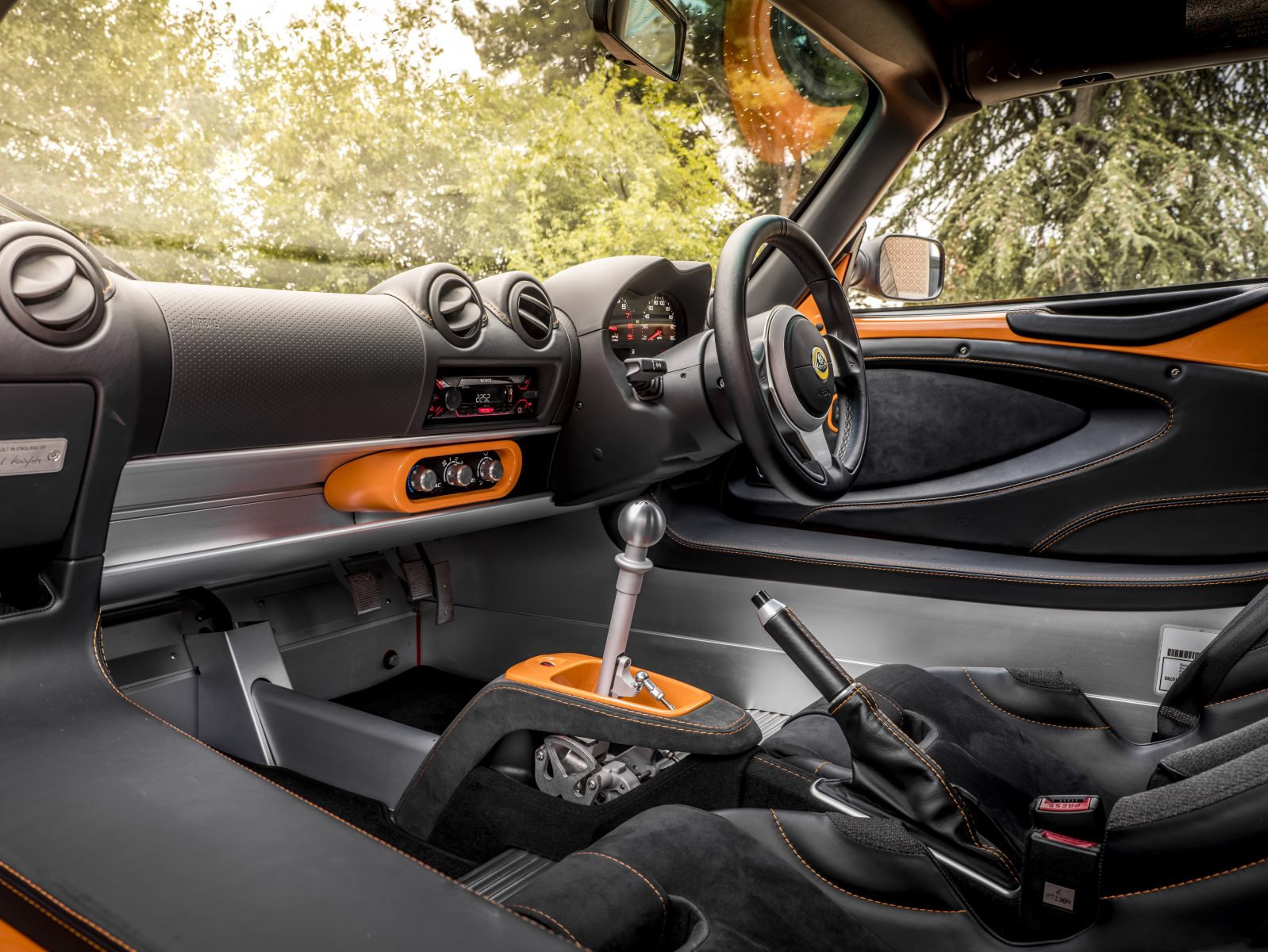
Much like the outside, the inside has a less is more approach, but here it’s taken to the extreme. There’s really little here that isn’t related to actually driving, with a small stereo headunit and soft Alcantara upholstery about as close as you’re getting to creature comforts.
The highlight is the gear shifter, which has a beautiful open design that allows you to see the linkages at work, but that’s about all there is to talk about.
It’s all about the driving position, though. At first, it’s tricky to climb inside, but it’s surprising how it doesn’t feel too claustrophobic inside once you’ve got into the seat. As a six-foot-plus driver I struggled for leg room, with my knees barely fitting beneath the steering column, but even that didn’t do much to take away from the driving experience.
What’s the spec like?
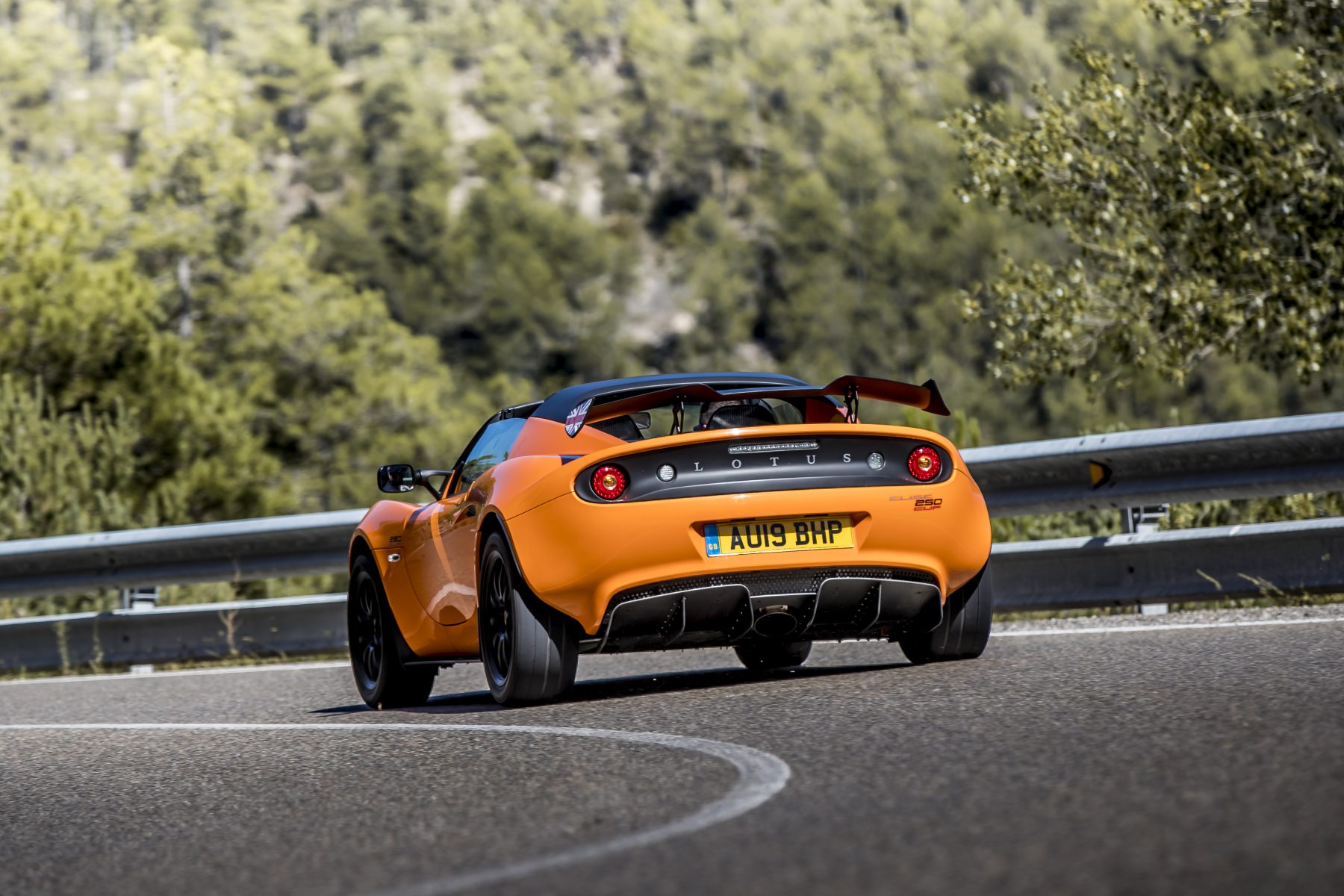
When it comes to on-board equipment, there really isn’t much to discuss. There’s a new in-car infotainment system by Sony, which has iPod and Bluetooth connectivity, with improved speakers for when you want to take a break from hearing the engine all the time. There’s also a heating system, classic analogue dials, and a plaque bearing the name of the person that built your car.
Outside of the cabin, the performance equipment is more impressive. For example, that exquisite ride is helped by Eibach coaxial coil springs and Bilstein high-performance dampers, while AP Racing twin-piston ventilated brake discs offer impressive stopping power. Meanwhile, endless grip comes from a set of Yokohama Advan A052 tyres.
Verdict
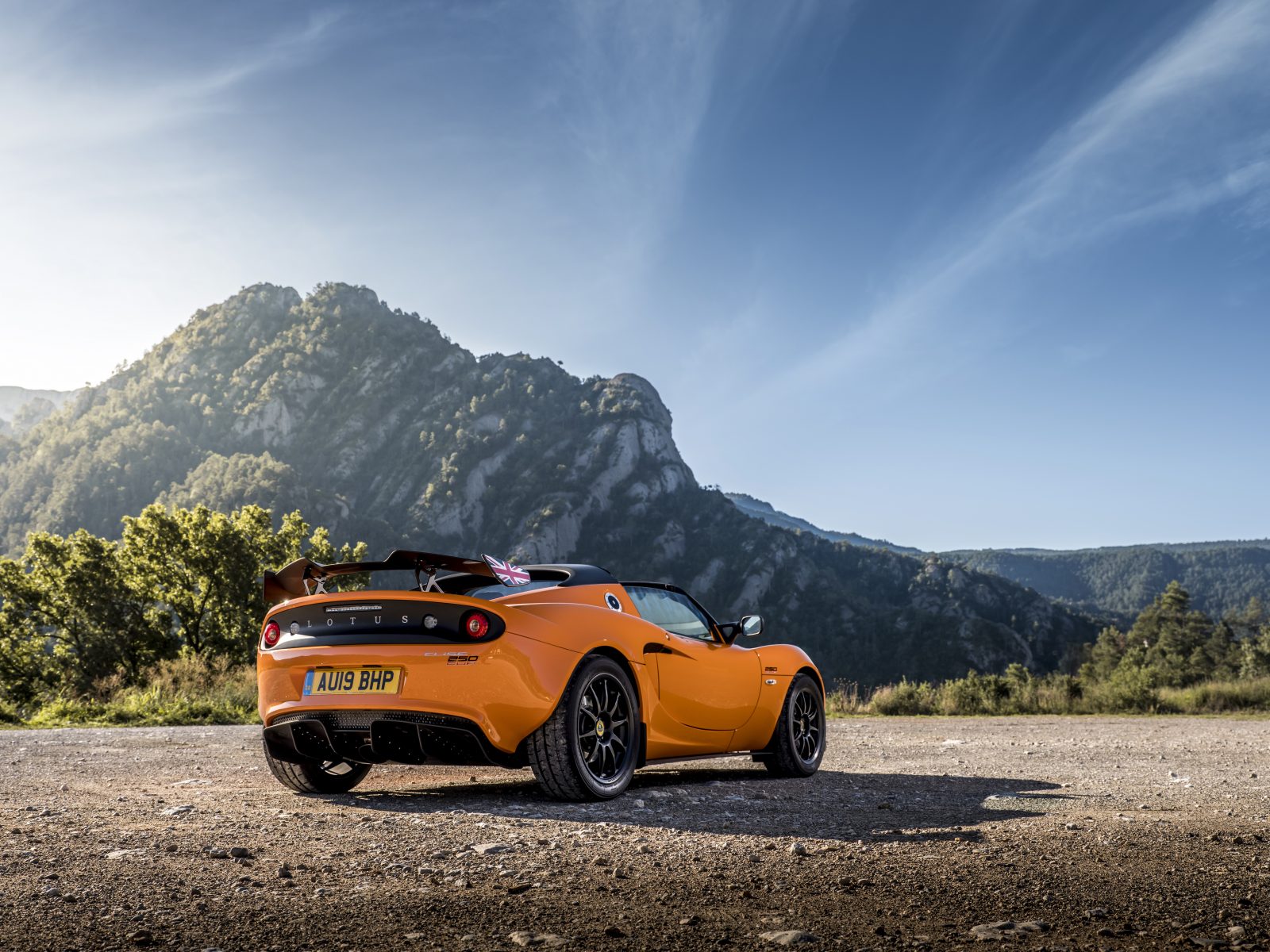
The Lotus Elise is a breath of fresh air in 2020. It’s been around more than two decades, but at a time when cars are getting heavier and more numb for the driver, this car is a reminder what a pure driving experience really is.
While the Cup 250 is theoretically the more hardcore version of the Elise, it actually hits a sweet spot for a road-going performance car, offering more than enough power for a car this light as well as instant response to your inputs.
It’s wholly impractical and lacking in on-board technology, but that’s actually what makes it so appealing.
